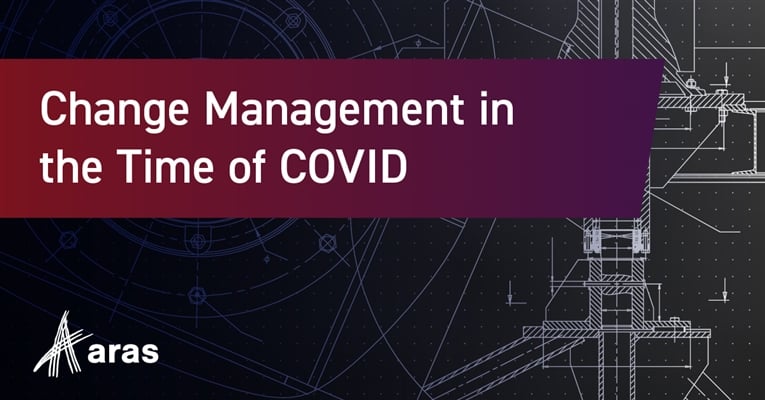This year’s Center for Automotive Research’s Management Briefing Seminar was, not unexpectedly, different than usual. Due to the pandemic, this key industry event was virtual and chock-full of great insights as always.
While it has been a longstanding view that the processes and tools of engineering will be reinvented to support Industry 4.0 initiatives and connected/autonomous vehicles, it has become clear that the impact of the COVID-19 pandemic is accelerating this transformation and, in all likelihood, will continue to do so in the future.
Among these transformations are finding new/better ways to enable a newly remote workforce. Additionally, this new way of working is resulting in significant changes in the ways organizations handle global product development, product lifecycle management (PLM) software, application lifecycle management software (ALM), CAD, and simulation. And, with all of this, comes the challenge of getting engineers, many of whom are entrenched in a particular way of doing things, to adapt to a new (and often remote), cross-discipline, collaborative, and agile way of working. Organizational Change Management (OCM) will be key to successfully making this essential transition in a timely manner.
For this year’s CAR MBS, a panel of industry leaders assembled virtually to explore Organizational Management, its importance and impact, how rapidly organizations can change, and the technology that’s available to make Industry 4.0 successful.
Moderated by Sam Abu-Hamdan - Senior Director for North American Automotive at Aras, the panelists were Robert Wirthlin - Senior Technical Leader, Systems Engineering at Ford Motor Company; Bill Halliden Senior Manager - Technical Strategy, Planning and Operations at Toyota Motor Europe; Richard Doak - CTO, Automotive Suppliers at Microsoft; and Marc Lind, Aras’ Senior Vice President of Strategy.
The panel focused on three key areas in which Organizational Change Management plays a significant role in supporting Industry 4.0 and Digitalization initiatives:
- Organizational Change Management Needs to Move Faster
The pandemic has caused companies to take a hard look at their processes and, not unsurprisingly, make significant changes in the way work gets done. Like most change, there can be a certain amount of resistance in some quarters. All of the panelists agreed that in order to facilitate organizational change, communication and collaboration are key. According to Microsoft’s Richard Doak, in the first 30 days after the COVID lockdown, the company saw a 900% growth in team collaboration. It’s also crucial for leadership to present a compelling vision and enable their teams with the tools and skills necessary to drive that vision to fruition and it’s also essential for leadership to listen to and learn from their teams. And, as world events continue to unfold at a rapid pace, these changes and change management need to accommodate the ever-changing “new normal.” - Organizational Change Management Isn’t Easy; However, the Benefits Can’t be Overstated
Again, the panel was in agreement. Improved communication is key as the ability to take an agile approach so that changes can be made quickly while keeping the business moving ahead. It’s important for managers to not lose sight of what needs to be done today while still keeping an eye on transformation efforts that will yield significant results in the future, all while getting/keeping team “buy-in.” It’s important to recognize that systemic change doesn’t happen overnight. It takes trust, training, and open communication channels for feedback from throughout the organization. - The Right Technology is Essential
Not surprisingly, the panel was also in agreement when it came to the need for open, flexible, low-code platform for industrial applications to enable agile development of solutions that can be piloted and deployed quickly. A platform-based technology is also key to breaking down some of the silos that typically exist between Engineering and IT and often impede collaboration and slow change.
For more, you can watch the full discussion on-demand.
.

